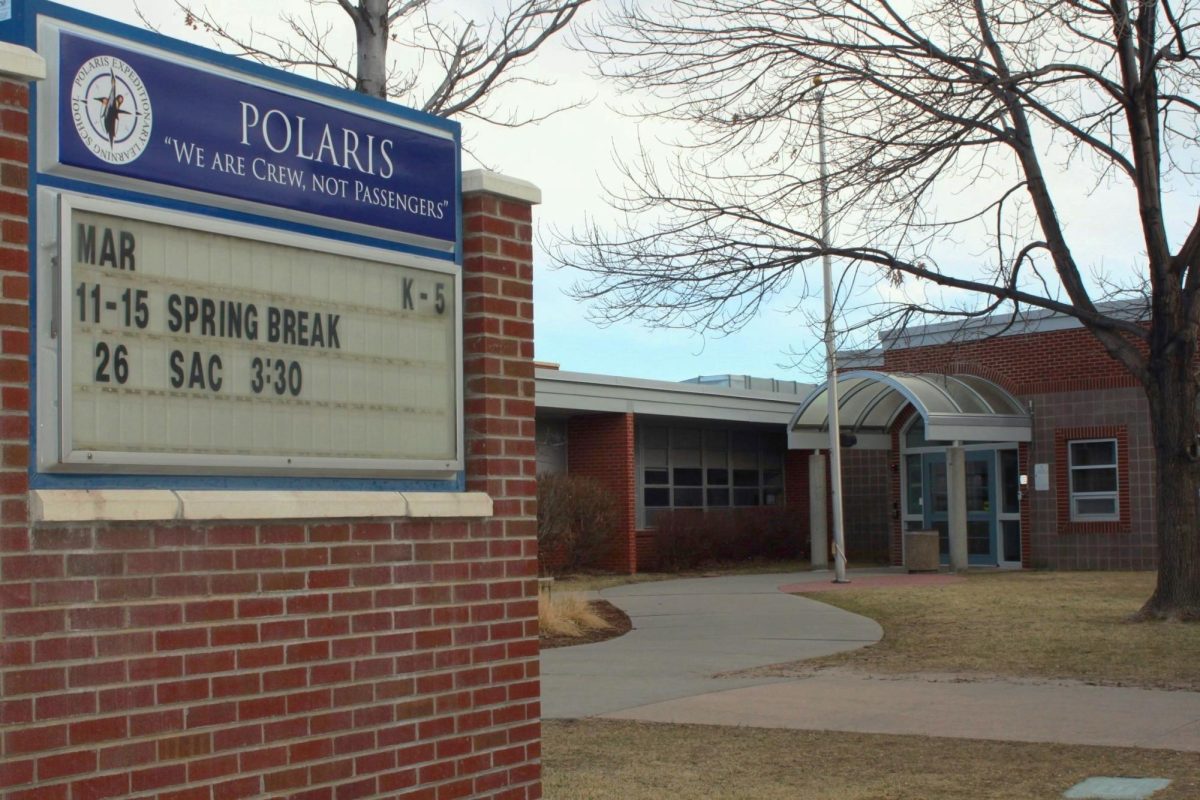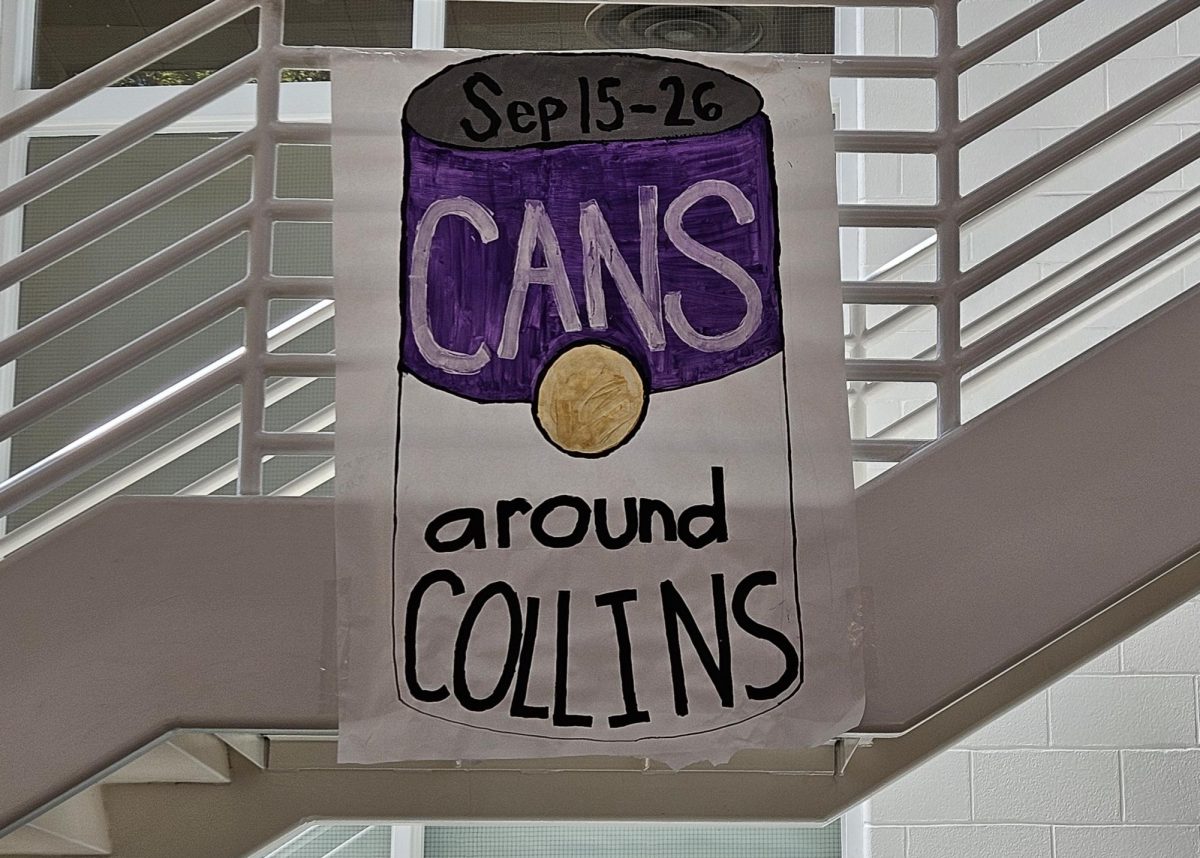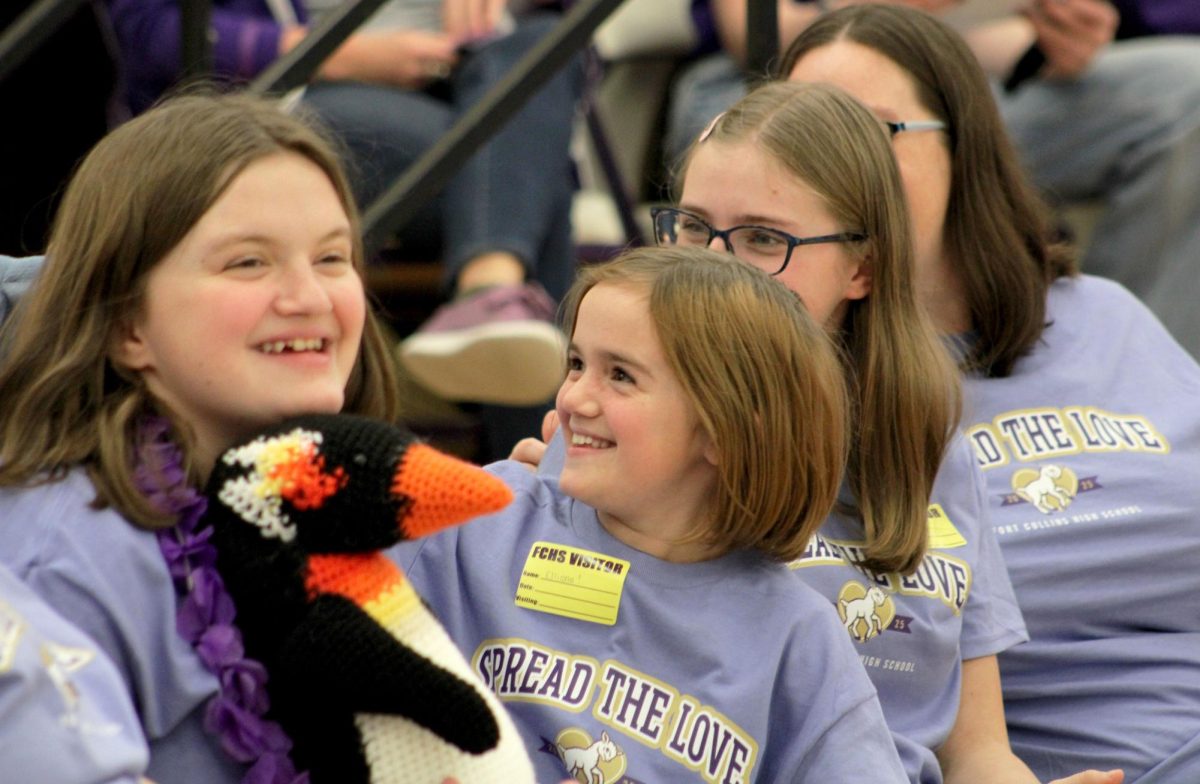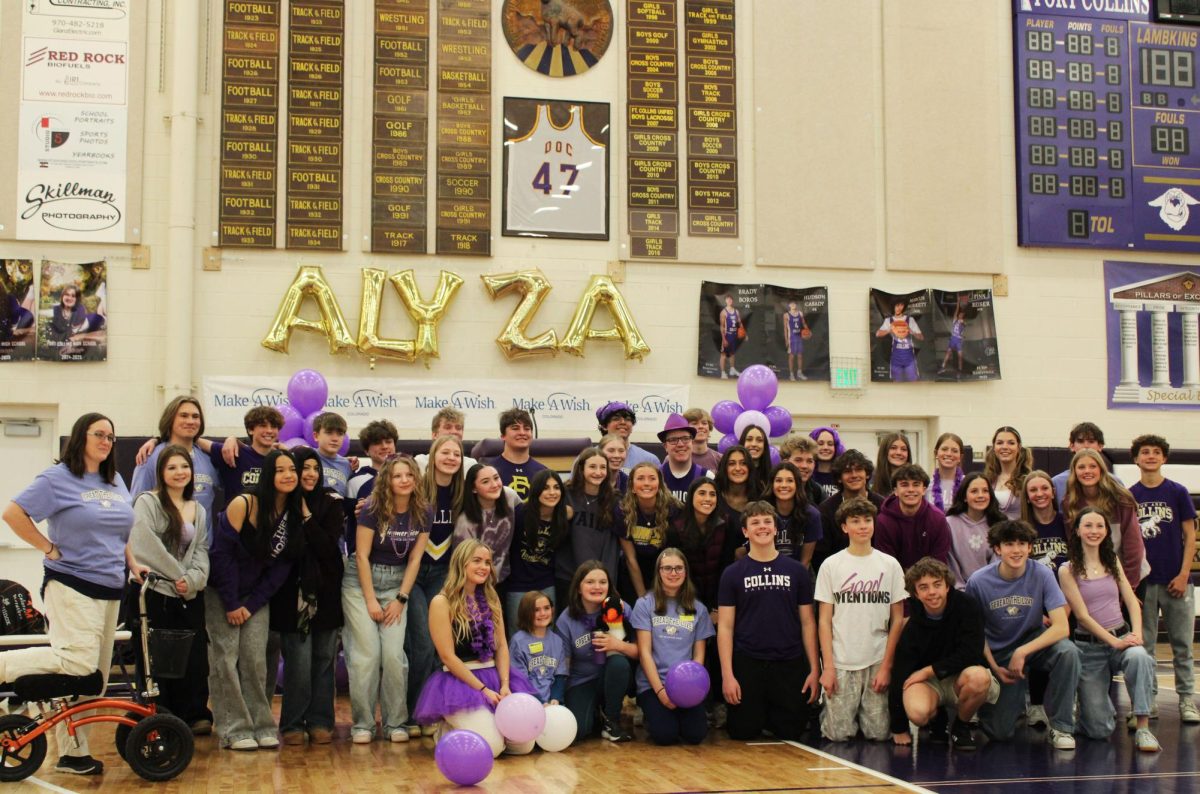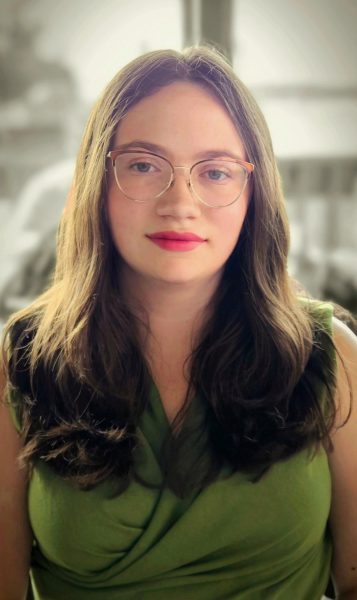With a projected 10% drop in enrollment, PSD is facing increased challenges with funding and facility use. The district is currently reviewing data and gathering community input to make decisions about reorganizing schools.
“We have to make changes as a school district to ensure long term sustainability in PSD,” PSD Chief Information Officer Madeline Noblett said. “We’re not going to be able to be in the space where we don’t change things that will be difficult to change and that’s really hard for the people that it will impact today, the people who came before, and the people who will come after.”
Noblett is referring to proposed changes for district schools initially announced in September 2023. PSD has determined that some form of change is necessary, but options for consolidations, boundary adjustments, and facility investment are still being evaluated. Changes in the district may start in the 2025-2026 school year, leaving PSD community members worried about the results of these actions and confused by the need for change.
“We have gotten questions from people saying ‘I was surprised by the information and the announcements that have come out from the district because I didn’t even really understand that there was a problem,’” Noblett said.
One of the main contributors to this issue is a declining birth rate across Colorado. The state’s fertility rate is the sixth lowest in the nation, and adults in Colorado are having significantly fewer children than before. Subsequently, there are fewer children entering the school system, and this has led to lower enrollment rates in PSD.
The severity of this decline is currently estimated to be a 10% overall decrease in enrollment. Due to state education funding being allocated on a per-pupil basis, PSD’s funding will decline. The district’s annual budget is currently $400 million.
“Roughly 85% goes to pay for people: teachers, office managers, coaches, all of the people in our system, roughly 5,400 staff who work here, to make this work every day,” Noblett explained. “15% roughly goes to other things: materials, curriculum, buildings, infrastructure.”
Districts receive money—currently around $10,000—for each student in the district. The projected 10% enrollment decrease will create a $40 million decrease in the budget. This decrease in funding is one of the main reasons school consolidation is being considered.
An outside firm, McKinstry, has evaluated the costs of maintaining PSD facilities, as well as adding air conditioning where it is not currently implemented.
“All said and done, McKinstry’s estimate is that we have needs from a facilities perspective of about 1 billion dollars,” Noblett said. “As a school district we don’t have that money, but we need to continue to use our buildings and take care of them and plan for not only what we have today and take care of it, but what we may need in the future.”
Current and future needs across the community mean changes must be made soon, according to the district. PSD initially planned several school consolidations—such as combining CHS with PCA and moving Polaris into Olander Elementary School and Blevins Middle School—beginning in the 2024-2025 school year.
However, the announcement of these consolidations sparked backlash, as parents, students, and community members faced the consolidation of their school.
“There is broad recognition that PSD needs significant reforms to meet the challenges in the years ahead. This is not a question of ‘if’ but ‘how,’” Polaris parent Derek Everett said at the Oct. 10, 2023 Board of Education meeting. “These institutions cannot be reorganized like shuffling a deck of cards, and expect them to maintain their vitality. Any educator worth their salt would tell you: you can be thoughtful or you can be quick, but you cannot be both. There is nothing to gain and everything to lose in acting in haste. When faced with the option of being thoughtful or quick, be thoughtful.”
As a result of the backlash and comments made at the board meeting, the changes have been delayed and are under further review. School consolidations are still on the table, targeting schools with large declines in population.
According to an email from PSD sent Jan. 24, optimal enrollment in schools is 400 students per elementary school and 700 students per middle school. School consolidations are being considered for schools using only 60-70% of their building.
“We are seeing, over time, the greatest declines in enrollment in our schools on the western side of our school district—so schools like Olander, Lopez, Blevins, Bauder—but we are also seeing schools in other parts of our district as well,” Noblett said.
With fewer students, PSD is considering combining schools or programs into singular buildings. Moving from two elementary schools to one or combining schools into a K-8 format are both options. Consolidated schools would use fewer buildings, which could lower district facility costs.
Not only will school consolidations be evaluated, but PSD will also consider redrawing neighborhood school boundaries. This means some PSD students may have a new neighborhood school. These actions are being considered to help address demand on the eastern side of the district.
“We have more people moving into the towns of Timnath and Wellington so we know that we are going to need additional space in schools out in that area of our community,” Noblett said.
No matter what combination of options is eventually adopted, these actions will have many impacts on students. Questions surrounding specialized programs, transportation, and high school upperclassmen have all been raised. Throughout the Oct. 10, 2023 board meeting, community members expressed their desire to help answer these questions.
“You have an organized, well-informed populous ready, willing, and able to help PSD navigate the challenges ahead,” Everett said.
This sentiment was echoed throughout public comments.
“At Polaris, we say ‘We aren’t passengers, we are crew,’” Polaris parent Jessica Hamilton said. “I’m asking you to hand us an oar.”
To allow time for stakeholders to be involved with a thorough evaluation of options, no changes will be made until the 2025-2026 school year at the earliest.
“As part of our deeper commitment to community engagement—which is listening to our students, listening to our parents and guardians, listening to community members and alumni—we are forming a steering committee that would be part of the work of determining changes for the future,” Noblett said.
This committee, formally titled the Facilities Planning Steering Committee, is composed of PSD staff, employee association representatives, parents, and at-large community members. The application process for these seats took place throughout January, and 37 committee members have been selected.
Meetings of the Facilities Planning Steering Committee began in February, but plans are still under evaluation and have not been shared publicly. Their work began with a “clean slate.” This means that actions previously announced by the district are not guaranteed to move forward.
Recommendations to the Board of Education may consist of any scenario the committee has reviewed. This review will include discussions about how redrawing boundaries would work for high school students, impacts on transportation, and many other results of any specific course of action. Public updates about this review will take place in March and April, with formal recommendations occurring in May.
Despite not having a role in the committee, there are opportunities for students to share their voice.
“We encourage any of our students who have ideas or want to be part of this to consider doing so,” Noblett said. “The listening sessions within the next several months will be open to any member of our community and that is certainly a space where we would encourage students of all ages to come and share their voice and their ideas.”
These listening sessions will allow members of the public to provide feedback on the committee’s scenarios. March 18-20 will involve a series of sessions, hosted in PSD spaces throughout the district. There will also be one session on April 4 for individuals who speak Spanish or Arabic as their primary language. Specific times and locations for listening sessions can be found on the PSD Long Range Planning website.
Students are still able to have input in the process if they are unable to attend these sessions. Any member of the community can contact the committee at [email protected] to provide feedback.
“This work is hard, and this committee will be asked to do some difficult work in partnership with staff,” Noblett said. “We recognize that any change will impact individuals and possibly entire school communities.
“It is human and it is natural for any person to come in and advocate for their own school, their own children, their own friend, their own classmate. What we are challenging our community to do is think about what needs to change for the greater good, shifting from a mentality of ‘my school, my kids’ to ‘our schools, our kids.’”

